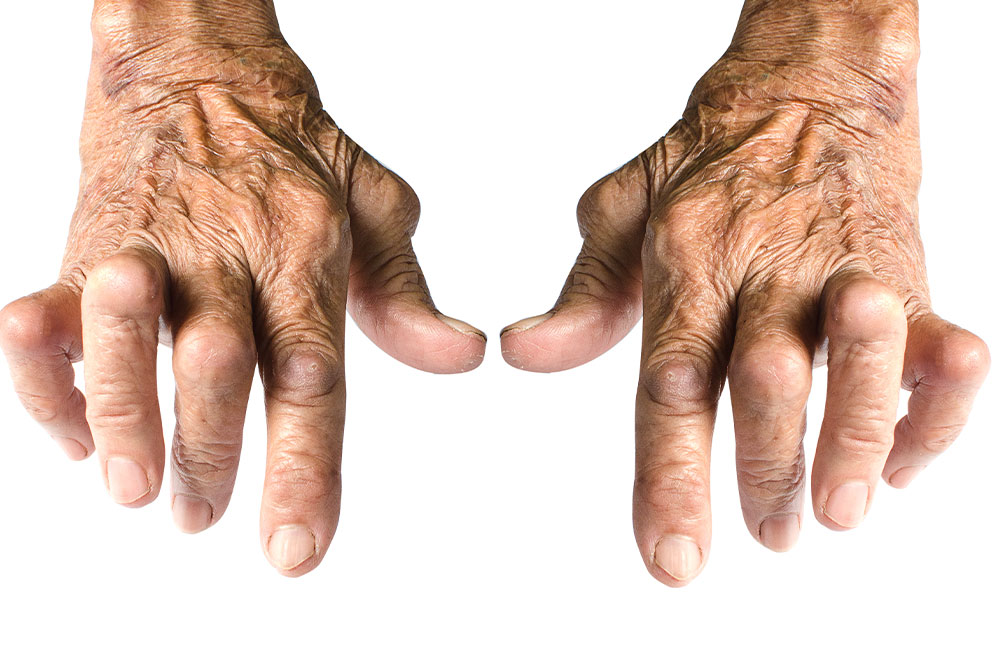5 alarming signs of migraines to watch out for

Migraines are headaches that cause severe throbbing pain or pulsing sensation. In most cases, these headaches may appear on one side of the head and are accompanied by symptoms such as vomiting, nausea, and sensitivity to light and sound. Furthermore, the duration of migraine attacks may differ; some can last for a few hours, while others can last for days. However, the intensity of pain can be severe enough to hamper daily activities.
Warning signs of migraine headaches
According to research, nearly 39 million people in the country deal with this neurological condition. However, migraines aren’t simple headaches, and the episodes can often come with severe symptoms such as fatigue and loss of concentration. Some other common warning signs that indicate migraine are discussed below.
Aura
About 30% of migraine patients report experiencing an aura before or during the headache episode. Furthermore, most patients have also reported a few visual symptoms, such as zigzag lines, blind spots, and flickering lights. In some cases, people have also experienced hearing disturbances such as tinnitus ( ringing sensation in the ears) during a migraine headache. Migraine auras usually last between five minutes and an hour, and they may appear within an hour of the onset of the headache or along with it.
Mood changes
Another alarming yet ignored sign of migraine headaches is mood fluctuations. These changes may usually begin in the prodrome phase – the first phase of the migraine episode that begins several hours or days before the onset of the headache. During this phase, one may feel down, hyperactive, or irritable. Some of the other significant changes in the mood also include extreme excitement or happiness. Furthermore, people with mood disorders like anxiety are more likely to experience migraine-related headaches.
Lack of restful sleep
Waking up groggy and tired or having trouble falling asleep is also an indicator of a migraine episode. In most cases, people having migraine headaches may not be able to get a restful night of sleep for days at a stretch, leading to problems such as insomnia. This lack of sleep further proves to be a vicious cycle as sleep disruptions can trigger more migraine headache episodes.
Stomach issues
Migraine patients also complain about stomach issues during the prodrome stage of the migraine cycle. It includes problems such as diarrhea or constipation which can easily be treated at home. Furthermore, vomiting and nausea are often accompanied by a migraine headache, and research indicates that people with frequent headaches may also be more likely to develop gastrointestinal problems.
Neck pain or stiffness
Usually, a part of the prodrome stage of the migraine headache, about 70% of people with migraine may also experience neck pain or stiffness. Additionally, neck pain can accompany a headache, causing more discomfort for the patient. Several studies have shown that neck pain is caused by nerve fibers extending from the brain to the cervical spine. Although most people believe the pain to be muscular, neck pain results from changes in the brain triggered by migraine.
People with migraines should identify these warning signs early to prevent the chances of migraine headaches. Furthermore, if one experiences severe symptoms like vision loss, persistent headaches, and uncontrollable vomiting, it is advised to consult a healthcare expert for prompt treatment.




